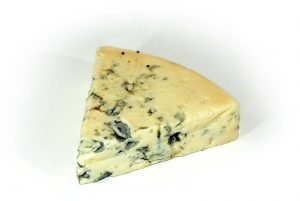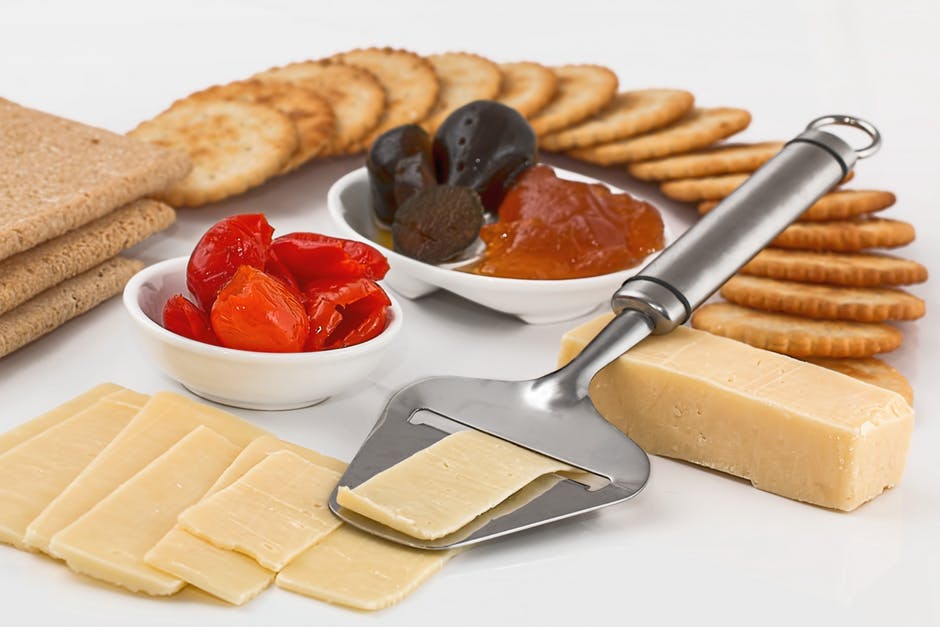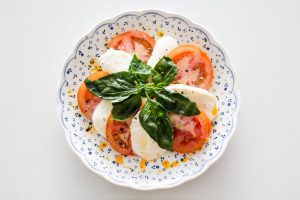Did you know that there are about 2000 varieties of cheese? It is produced throughout the world and its production around the globe is more than the combined worldwide production of coffee, tobacco, tea and cocoa beans. Cheese is a nutritious food that is made mostly from the milk of cows but not limited to other mammals like sheep, goat, yaks, reindeer, buffalo, camels and donkeys. With a wide range of cheese varieties, it will take a lot of your time figuring out which cheese would best suit a certain use.
However, you do not need to be a cheese monger nor be a professional fromager to be able to choose the best cheese to partner or to use for the food you will serve. Foods best paired with the correct drink makes our cravings satisfied. The same goes with cheese. Here’s a guide to help you on how you can pick the best and perfect cheese to be served on any meal or for any use.
According to Origin
Cheese can be bought in supermarket or delicatessen store. Buying at the delicacies store would be overwhelming as they have a lot of types of cheese to choose from but you will have your cheese fresh, as it will be cut in front of you. Buying at the supermarket isn’t a bad idea, it’s very convenient, but always take note of its best before date when buying pre-packaged cheese. Buying close to its best before date will give you a better chance of it being ripe.
According to Type
Unripened cheese
These kinds of cheese are best paired with fresh berries, seasonal fruits or honey for a sweet taste; for a savory options, tomatoes, olives, smoked fish and cured meats are a good choice. Best served cool, take it out of the fridge about 10-15 minutes before serving. Consume within few days of purchase or by the best before date.
Cheeses like cottage cheese, cream cheese, feta, ricotta, chevre, labane and mascarpone are also often used in cooking as they are versatile and convenient.
Look for cheese that is snowy white in colour. They should be moist but free from excess liquid. They should also be fresh and milk smelling with a sweet or pleasantly sour aroma
White mould cheese
This includes camembert, brie, double brie, and triple cream. They are known for their rich, buttery flavor, and creamery texture. They ripen from the outside in towards the center.
White mould cheese can be served at room temperature with a dry, sparkling white, or a fortified wine such as muscat, Tokay or port. They can also be served with fresh stone fruits such as cherries, baked apple and sweet bread for a sweet partner; roast chicken, ham, and smoked salmon for savory options.
Best consumed around the time of their best before date, take it as an indication as to when the cheese is at its peak.
Avoid cheese that has a chalky center, as it indicates an unripe cheese. the surface mould should not show any signs of breaking down. It should have an earthy, mushroom aromas and a full creamy flavor.
Blue cheese
Blue cheese is neither dry, nor wet and breaking down; not grey or discolored. They should have even veins radiating out from the center right to the edge. Rind should be damp but not sticky and avoid blue with wet or sticky rinds.
Blue cheeses are great for pork and steak or vegetables such as mushroom, roasted beetroot or potatoes for a savory partner. If you’re on a sweet pairing, honey, quince paste, and other fruit pastes like pecan or figs are a good choice. Blue cheese can also be served at room temperature with an aromatic white wine.

Cheddar style cheese

Cheddar style includes cheddar, Cheshire, Colby, red Leicester, double Gloucester. Cheddar cheese should have a lingering taste and must be free from dryness or cracks in its surface. Young cheddar will have a smooth texture while mature cheddars should have a crumbly but not hard texture that is free from excessive dryness or surface cracks. The longer the cheese is aged the more the flavor and texture will develop. Oftentimes, small white crystals will appear in vintage cheeses which indicates a well matured cheddar and contributes to the “bitey” flavor and mouthfeel may seek out.
Fresh or baked apple, pears, grapes, fresh or dried figs always go well with cheddars for a sweet option while pickled vegetables, mustard or chutney is for a savory option. Serve cheddar at room temperature with a shiraz, or a dry chardonnay.
According to Cooking Use
If cooking is your primary objective when buying a cheese, look for something that will melt easily, especially for those foods that you want the cheese to melt in their mouth. Swiss and American alpines are great for things like mac and cheese because they have a nice elasticity; but if your cheese is to be used in a burger consider a blue or cheddar cheese.
Wine and Cheese Paring
One helpful rule to remember is that wines pair well with cheese produced in the same region. This is easiest to follow with products from areas such as Spain, France and Italy where they’ve perfecting their wine and cheese making techniques for centuries.
Some alternative strategies to enjoy wine and cheese includes pairing like with likes; drinking acidic wine with an acidic cheese for example, or following the rule that opposite attract; pairing an intense alpine style cheese with a fruitier wine.
When enjoying cheese on its own, we want to make sure that we choose the right drink to wash it down with. To best cleanse your taste buds between each bite, have a glass of wine, cider, or a beer of your choice.
Picking the right cheese can be important for any meal. It can add just the right flavor to a cooked meal or delicious sides as part of any event. The good news is with over 2000 varieties of cheese to choose from you have a lot of delicious choices.


